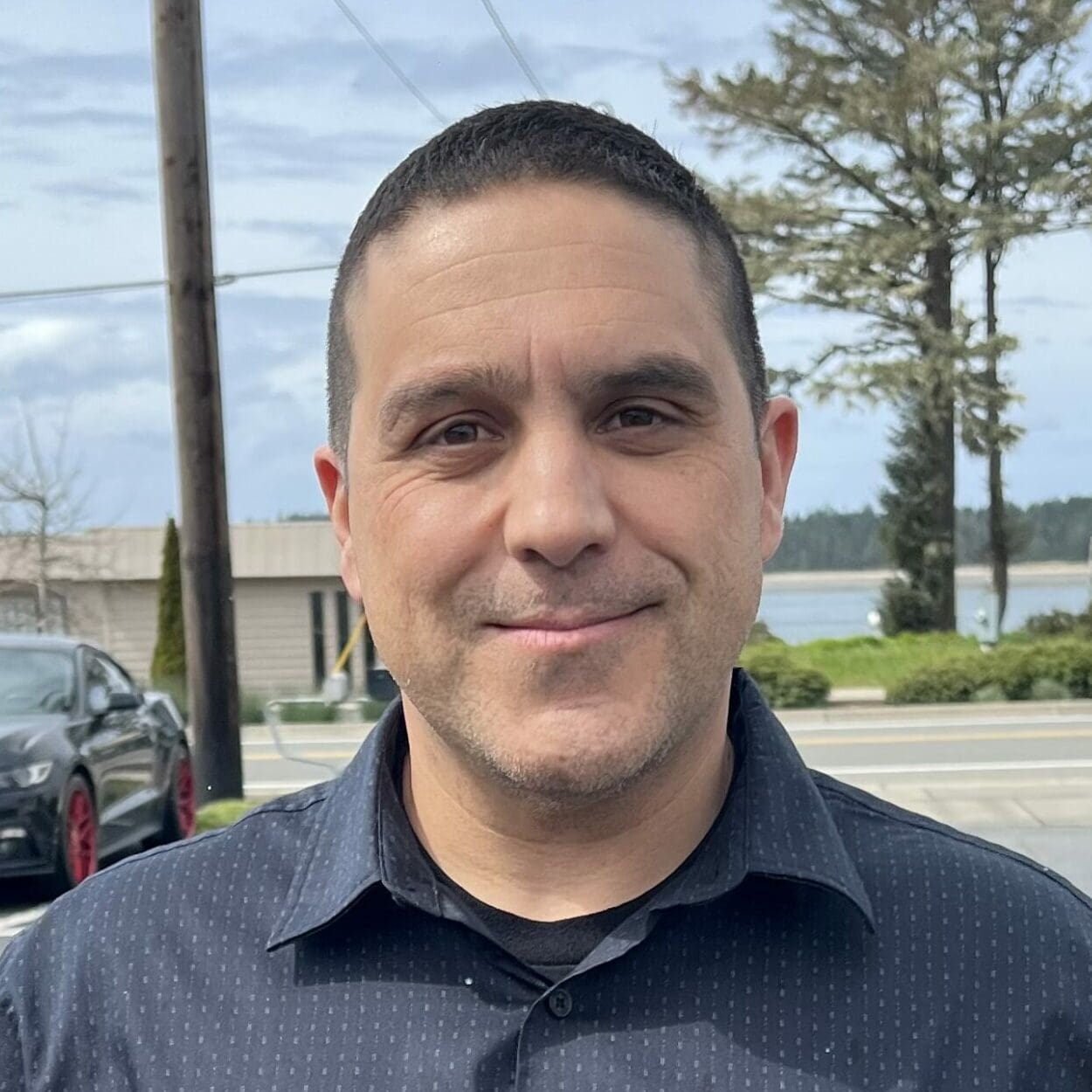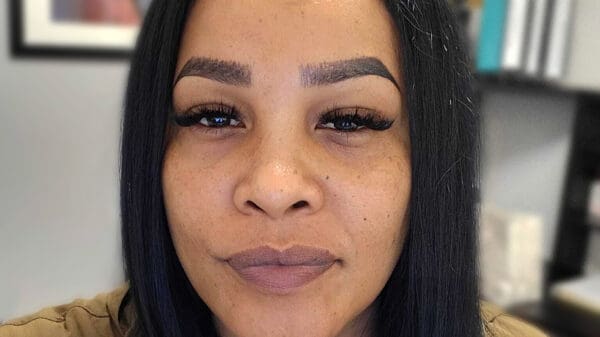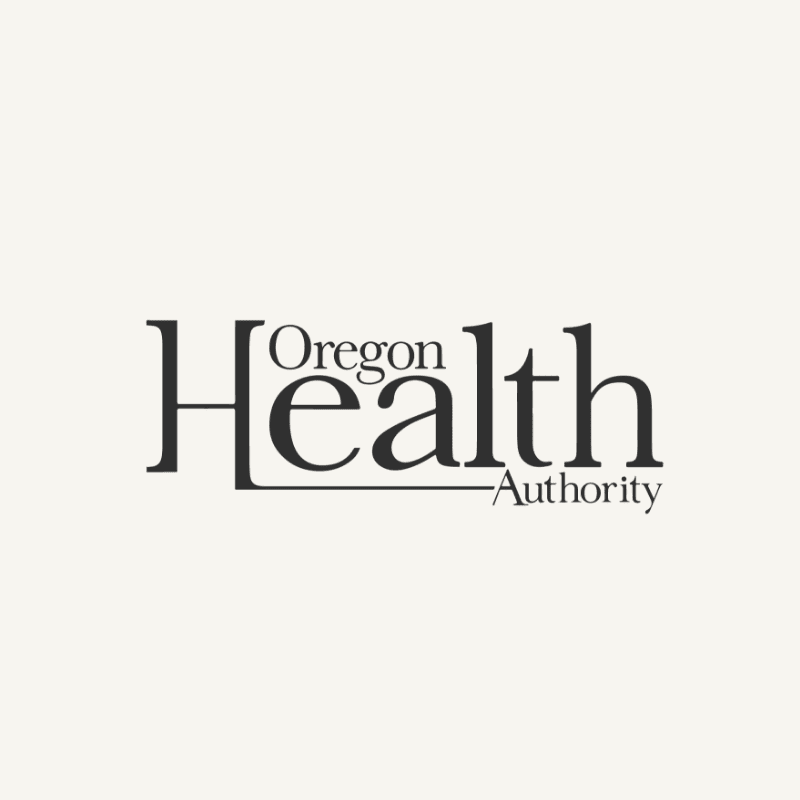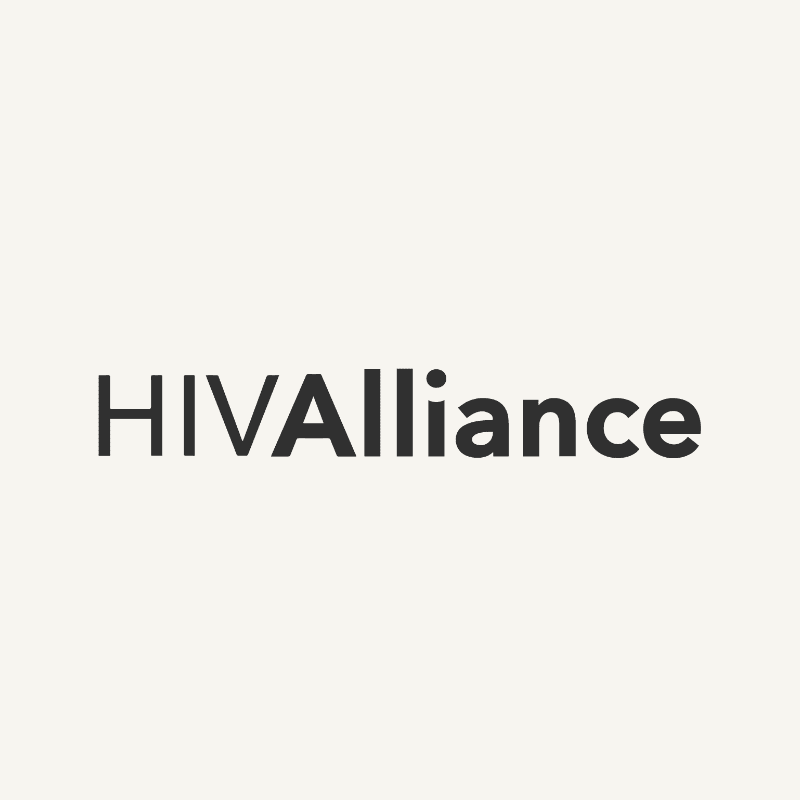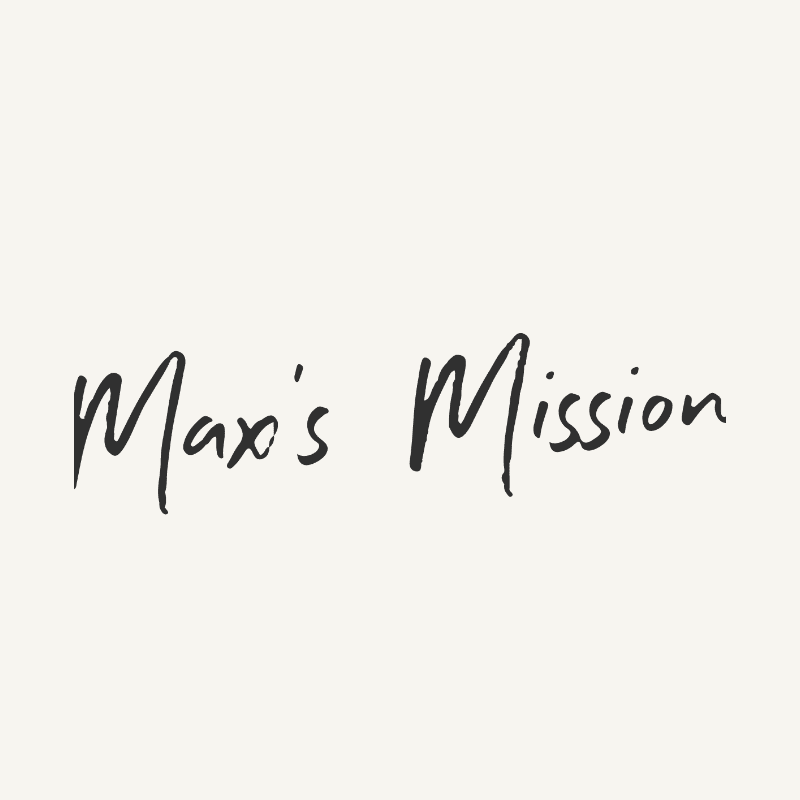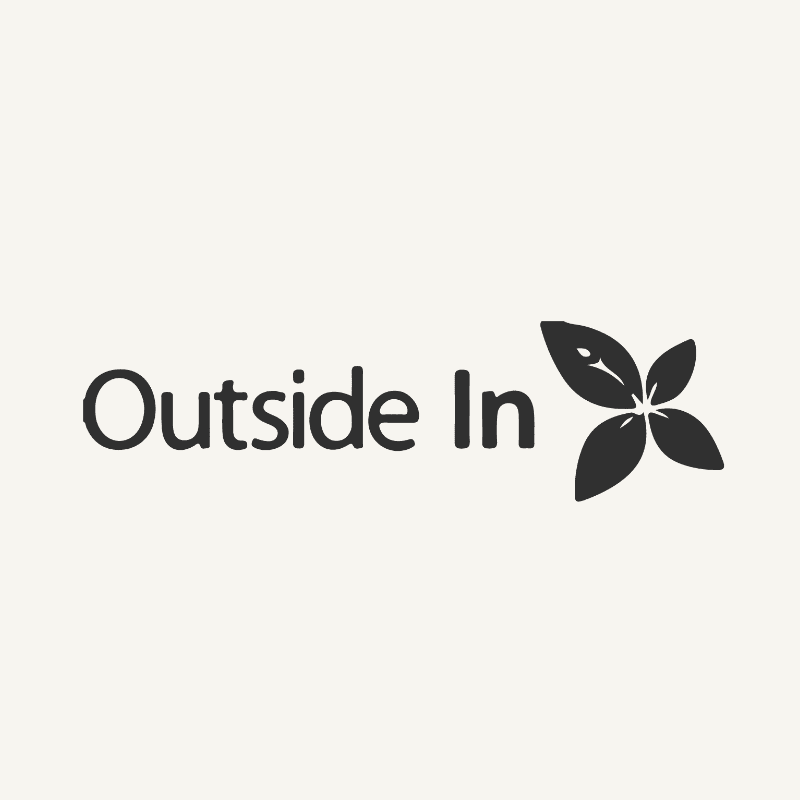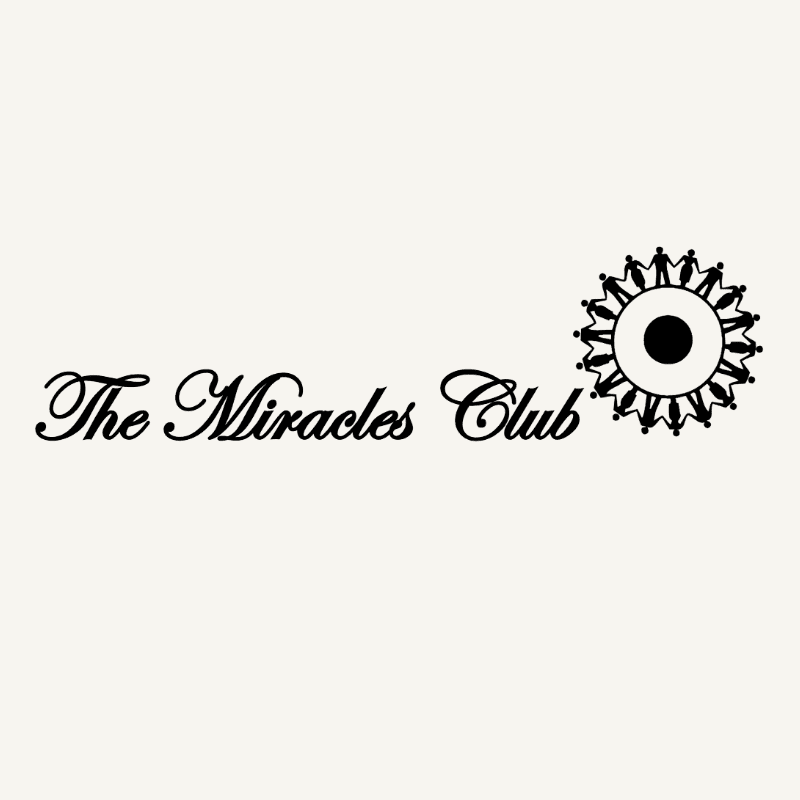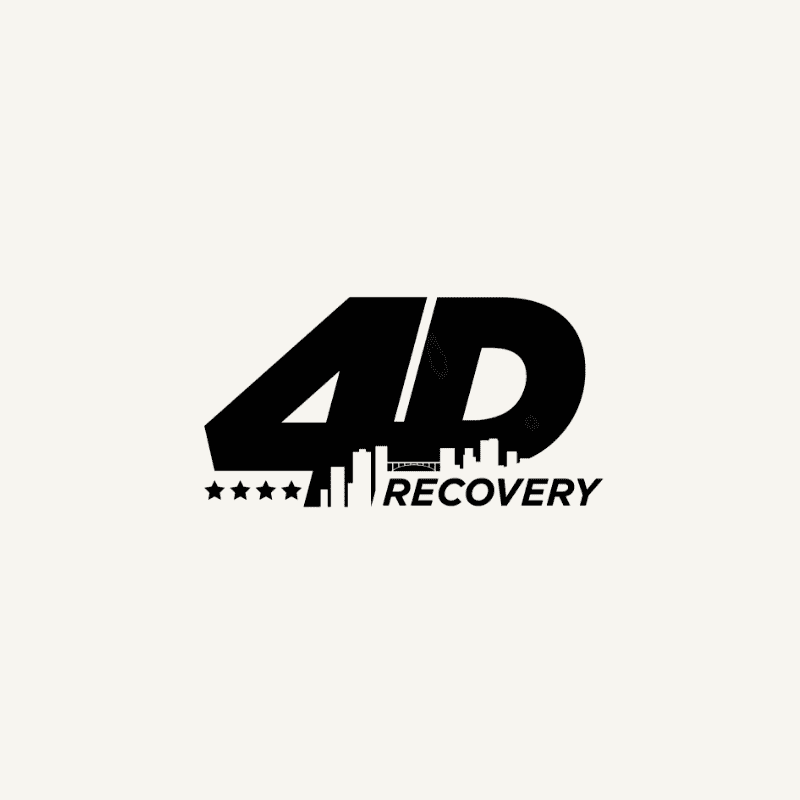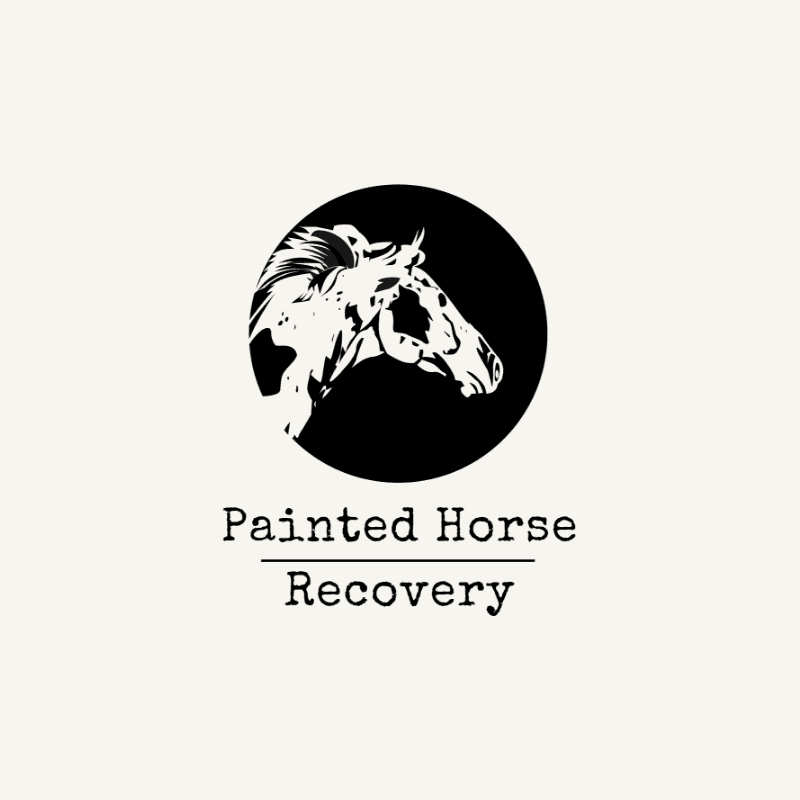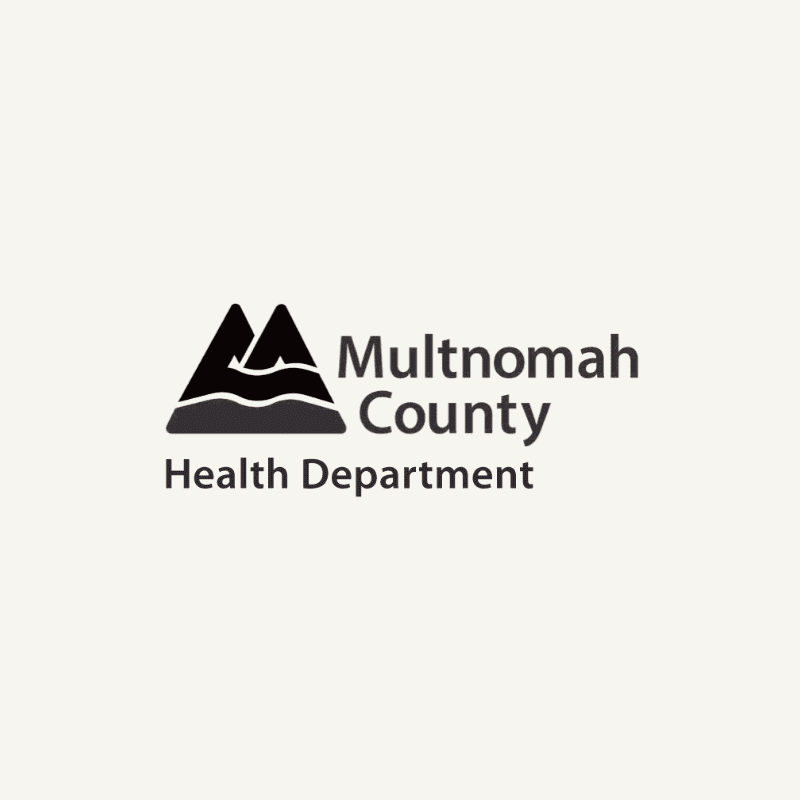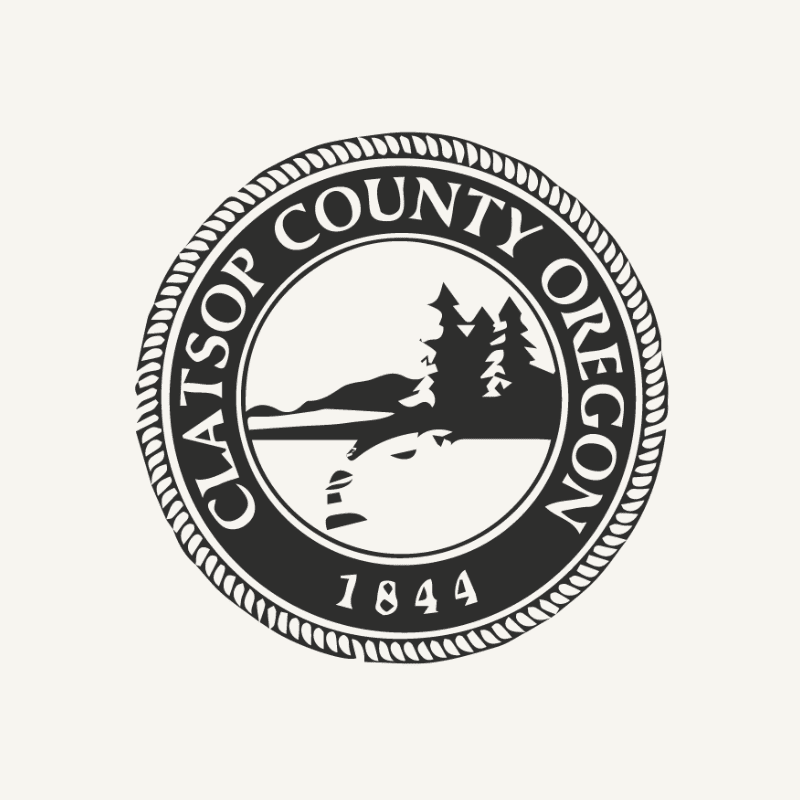Like many people, Paul Gonzales was a skeptic of harm reduction. As someone in recovery, his personal journey followed a strict 12-step abstinence model. That experience didn’t align with his organization’s new line of work at the time — distributing safer injection kits to help reduce the spread of infections.
“OK, we’re enabling people, getting people clean needles, right?” Gonzales said. “I remember thinking, what am I doing?”
But Gonzales, who is now services and outreach director at Bay Area First Step, kept an open mind. Then he witnessed the life-saving power of harm reduction and peer relationships.
His team at the peer-run housing and substance use treatment organization serving Coos and Curry counties built a relationship with a man who was using heroin and methamphetamine, at first supplying him with safer injection kits. Eventually, he became interested in treatment and started suboxone treatment for his opioid use disorder. Meanwhile, he continued to use methamphetamine. Later, the man became ready to address his meth addiction and entered Bay Area’s outpatient treatment program.
“That’s when I was like, OK, there is something more to this,” Gonzales said. “It’s not just enabling folks. It’s just treating them with respect and dignity and trying to keep them safe. That really changed my thinking and it continues to be reinforced.”
Another experience that reinforced Gonzales’ new perspectives on harm reduction was seeing firsthand how access to clean needles were reducing the spread of hepatitis C through the Oregon HOPE study with Oregon Health & Sciences University. He saw that the bigger clusters of 10 to 15 people who had been infected by hep C did not have access to syringe services and were sharing needles. When people did have access to safer injection supplies, the clusters only reached two or three people.
The benefits of harm reduction became undeniable for Gonzales. Safer use and overdose prevention supplies kept people healthier and alive. Providing the supplies helped build trust between treatment providers and people who use drugs. When people eventually became ready for treatment, they already had a trusted peer or provider to turn to for support.
“Having these supplies is what helps us build relationships,” Gonzales said. “People come talk to us because we have supplies that can improve their lives.”
Save Lives Oregon and the Harm Reduction Clearinghouse have been instrumental in reaching more people, saving more lives and helping more people access treatment.
Access to naloxone has been especially important, Gonzales said, because it’s expensive and can be stigmatizing to access from pharmacies. Yet naloxone is critical to saving lives. Once distributed, people who use drugs come back for more — an indication of high need.
“Not all of the folks we meet come into recovery, but I think that if we weren’t doing this there would be a lot more folks overdosing and passing away,” Gozales said.
Gonzales said community partnerships are also critical in maximizing resources and impact. Before joining themselves, HIV Alliance, a member of Save Lives Oregon’s leadership team, helped Bay Area First Step access safer injection kits.
“It’s helpful to have that collaboration with other agencies, because you can avoid duplicative work or help fill in gaps where clients’ needs are being unmet,” Gonzales said.
